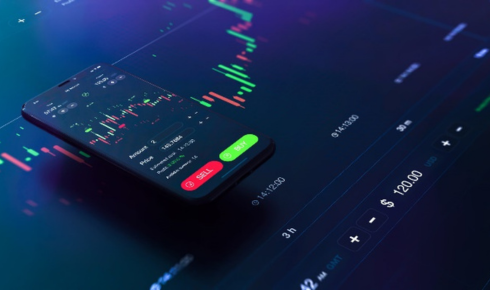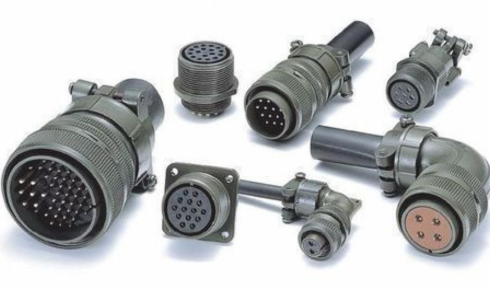One of the most popular assets is gold. It’s a commodity that has been valued for centuries, and its allure as a store of wealth remains strong today. But how do you invest in gold? There are two main ways: physical gold and gold CFDs. Let’s explore these options and determine which might be the better investment for you.
The Lure of Physical Gold
Physical gold is tangible. It’s the gold bars, coins, and jewelry that you can hold in your hand. There’s something comforting about owning a physical asset, knowing that it’s there, tangible and real. But is it the best way to invest in gold?
Owning physical gold means you have complete control over your investment. You can store it in a safe place, and it’s not subject to the whims of the stock market. However, there are downsides. Physical gold is subject to storage and insurance costs, and there’s always the risk of theft or damage. Moreover, when you decide to sell, you’ll need to find a buyer, which can be time-consuming and may involve additional costs.
Gold CFDs: A Modern Approach
Contrastingly, gold CFDs (Contracts for Difference) offer a different kind of investment. With a gold cfd, you’re not buying the physical gold; instead, you’re speculating on the price movement of gold. This is done through a broker, and the transaction is purely digital.
Gold CFDs allow for flexibility. You can go long if you believe the price of gold will rise, or short if you think it will fall. This dual capability is not available with physical gold, where you can only profit from an increase in value. Additionally, gold CFDs are traded on margin, which means you can control a larger position with a smaller amount of capital. This leverage can amplify your gains, but it can also magnify your losses.
Trading Flexibility with Gold CFDs
One of the significant advantages of trading gold CFDs (In Taiwan, it is called “黃金 cfd“) is the flexibility they offer. You can trade 24/5, meaning you have access to the market nearly all the time. This is particularly useful for those who want to react to global economic news as it happens, without having to wait for the opening bell of a physical market.
Physical gold, on the other hand, is subject to the opening and closing times of the markets where it’s traded. This can limit your ability to respond quickly to market changes, which might be a disadvantage if you’re looking to capitalize on short-term price movements.
Risk and Reward: The Balancing Act
When it comes to risk, both physical gold and gold CFDs have their own sets of challenges. Physical gold is relatively stable but lacks the potential for high returns due to its lack of leverage. Gold CFDs, with their leverage, offer the potential for higher returns but also come with a higher risk of loss.
Understanding your risk tolerance is crucial. If you’re risk-averse, physical gold might be more appealing due to its stability. However, if you’re willing to take on more risk for the chance of higher returns, gold CFDs could be the way to go.
Cost Considerations
Cost is another factor to consider. Physical gold comes with storage and insurance costs, which can eat into your profits. Additionally, when you sell, you might face liquidity issues and transaction fees. Gold CFDs, while they don’t have storage costs, do come with spreads (the difference between the buy and sell price) and potentially other trading fees. It’s important to understand these costs before you invest.
Regulation and Security
Investing in physical gold means you have direct ownership of the asset, which can be reassuring. However, it also means you’re responsible for its security. Gold CFDs are subject to regulatory oversight, which can provide a level of protection, but they also come with the risk of counterparty default, meaning the broker you’re trading with could fail.
Choosing a reputable broker is essential when dealing with gold CFDs. Make sure they are regulated and have a strong financial standing to mitigate this risk.
Diversification and Investment Goals
Both physical gold and gold CFDs can play a role in a diversified investment portfolio. Physical gold can act as a hedge against inflation and currency fluctuations, while gold CFDs offer exposure to gold prices without the need to own the physical metal.
Your investment goals will dictate which option is better for you. If you’re looking for a long-term store of value, physical gold might be more suitable. If you’re interested in short-term trading and leveraging your investment, gold CFDs could be the better choice.
Conclusion
Ultimately, the decision between gold CFDs and physical gold comes down to your personal investment strategy, risk tolerance, and financial goals. Both have their merits and drawbacks. Gold CFDs offer flexibility, the potential for leveraged returns, and the ability to go both long and short. Physical gold provides a tangible asset, a hedge against economic uncertainty, and a more stable investment.
Whether you’re new to investing in gold or a seasoned investor looking to diversify, understanding the differences between gold CFDs and physical gold is crucial. Take the time to research and consider your options carefully before making a decision. Remember, the best investment is the one that aligns with your financial goals and risk appetite.



